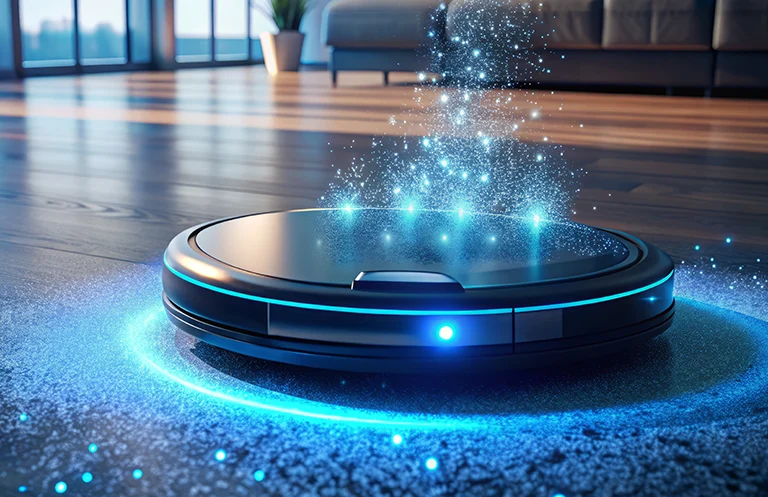The evolution of wireless protocols from Wi-Fi 6 to Wi-Fi 6E and now Wi-Fi 7 has brought unprecedented improvements in performance and flexibility—but also introduced increased complexity. New standards enable ultra-fast connectivity, lower latency, and improved multi-user support, while also introducing new testing challenges—particularly in embedded systems where devices must perform reliably in diverse and constrained environments.
At the same time, test teams are required to provide quicker results with less or no manual involvement. Traditional test strategies are the building blocks, but they cannot cope with this pace and scale. There is a need for a revamped end-to-end Wi-Fi testing approach that incorporates automation, real-world scenario modeling, and smart AI/ML-powered analytics.
This insightful blog provides a consolidated perspective of the future and upcoming Wi-Fi testing requirements; an end-to-end testing strategy built into embedded products as well as an integration of Machine Learning (ML) into early performance test workflows. It gives insights into how you can effectively implement these methods with real test setups and practical data examples.












